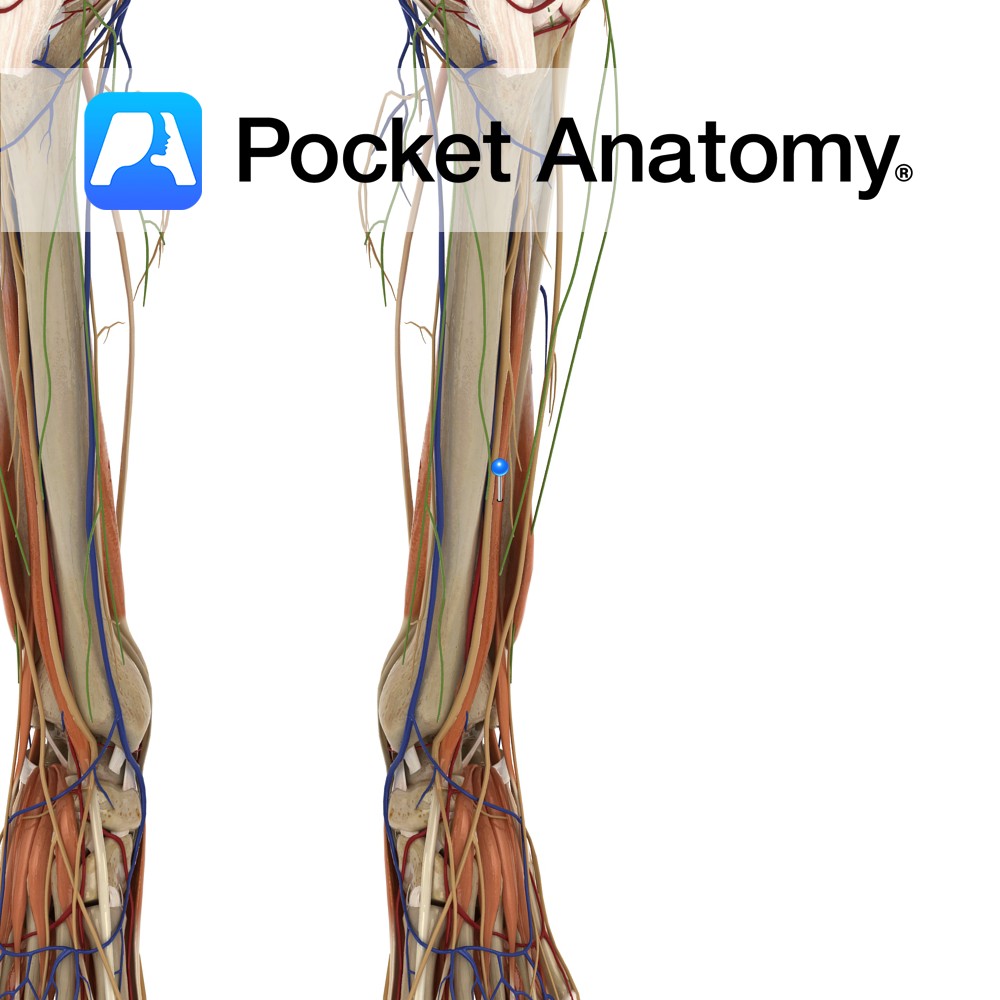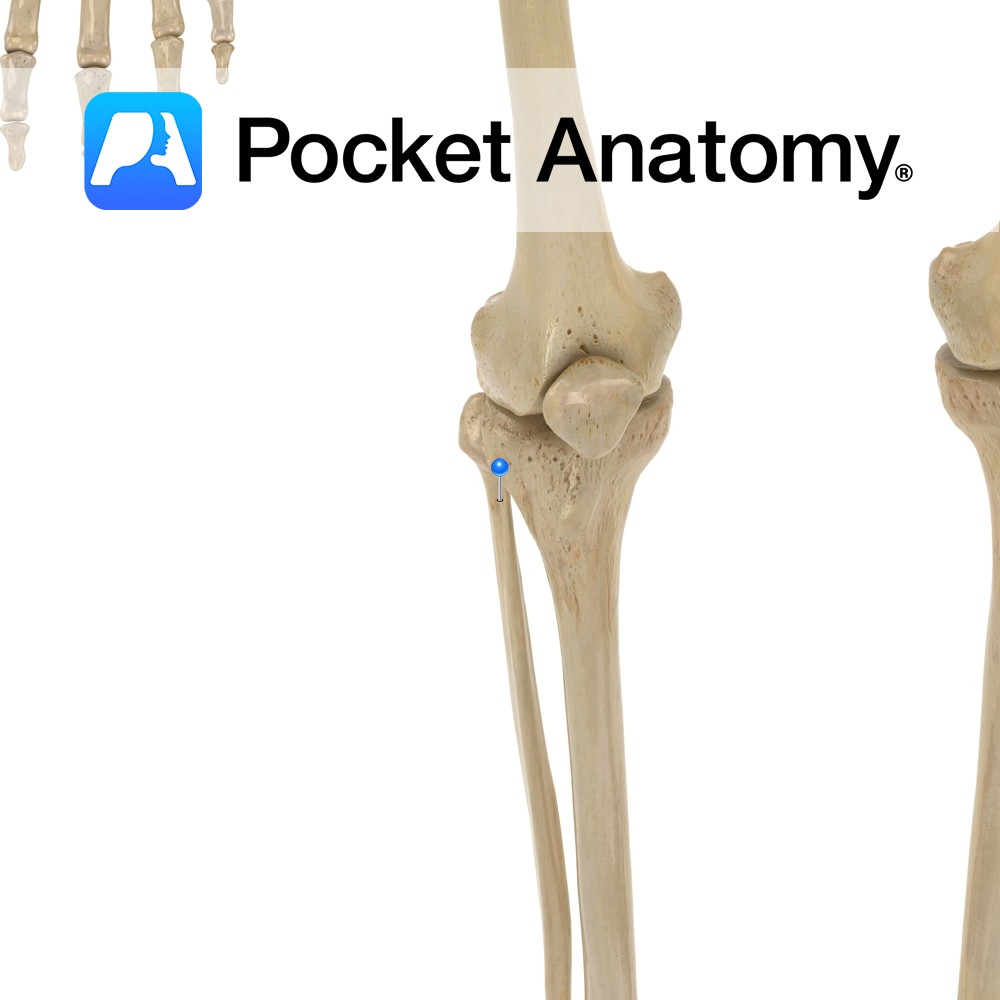Motion
The ankle joint is a synovial hinge joint and is approximately uniaxial. It involves the articulation between the talus of the foot and the inferior surface and medial malleolus of the tibia and the lateral malleolus of the fibula. The ankle is primarily capable of hinge like plantar flexion (e.g. when pushing down an automobile pedal) and dorsiflexion (e.g. drawing with your heel in the sand) of the foot on the leg.
Stability
The fibrous capsule surrounding the joint provides some stability.
Medial (deltoid) and lateral ligaments also play important roles in stabilizing the ankle.
The medial (deltoid) ligament is divided into four parts based upon its inferior points of attachment
-Posterior tibiotalar part
-Tibiocalcaneal part
-Tibionavicular part
-Anterior tibiotalar part
The lateral ligament is composed of three separate ligaments.
–Calcaneofibular ligament (inferior)
-Anterior talofibular ligament
-Posterior talofibular ligament
The ankle joint is more stable in dorsiflexion than in plantar flexion as the articular surface of the talus is wider anteriorly.
Muscles
Dorsiflexion:
Tibialis anterior
Extensor digitorum longus
Extensor hallucis longus
Peroneus tertius
Plantarflexion:
Gastrocnemius
Plantaris tibialis posterior
Flexor hallucis longus
Flexor digitorum longus
Peroneous longus
Soleus
Plantaris (almost vestigial)
Tibialis posterior
Tibialis posterior.
Clinical
Fractures of the talus bone can interrupt the blood supply to the bone. The main blood supply to the talus is from the posterior tibial artery entering through the tarsal tunnel. Damage to this artery can lead to osteonecrosis, premature osteoarthritis and a possible need for extensive corrective surgery.
Ankle sprains: Sprains to the lateral aspect of the ankle are more common, accounting for 85% of ankle sprains. The most common ligament involved is the anterior talofibular ligament. Sprains generally occur after the ankle moves beyond its normal range of motion when damage to ligaments can occur. The majority occur as the foot is placed and the ankle rolls, pointing the bottom surface of the foot toward the inside of the body. This explains why the anterior talofibular ligament is so often involved. Ankle sprains can be graded from grade 1 (relatively minor with little ligament damage) to grade 3 (serious damage with ligament tears and joint instability).
Interested in taking our award-winning Pocket Anatomy app for a test drive?


.jpg)


